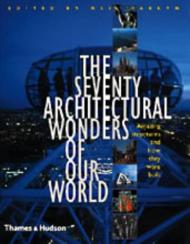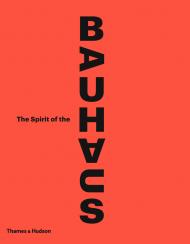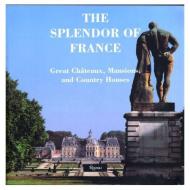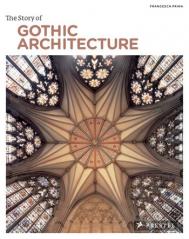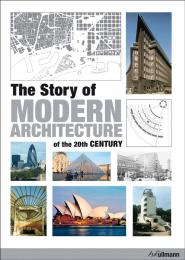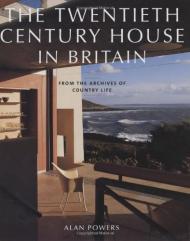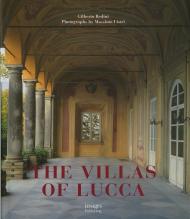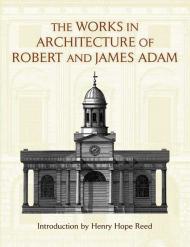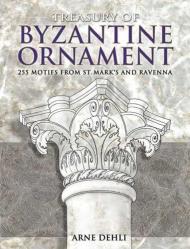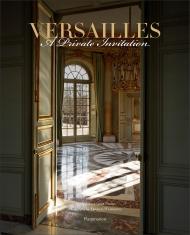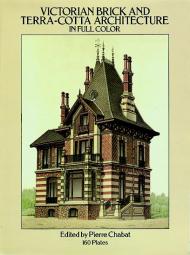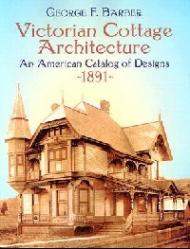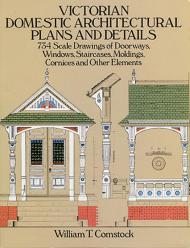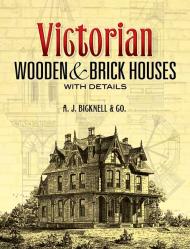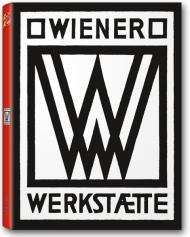Twenty-eight leading architects, engineers and architectural historians explore and explain the modern world’s greatest structures, charting the progress of human ingenuity and creativity in erecting buildings, from AD 500 to the present day.
• How was the Empire State Building erected right in the middle of New York?
• What machines dug the Channel Tunnel?
• Why does the Leaning Tower of Pisa lean - and not fall over?
• How can the 1.4 mile Akashi Kaikyo bridge withstand earthquakes and typhoons?
• What supports the soaring vaults of Chartres Cathedral?
Many of these structures are the tallest, longest or largest of their kind, but aesthetic power is combined with structural virtuosity in the small chapel at Ronchamp in France and the beautifully elegant wooden roof of the temple of Byodo-in, Japan. And the ability to harness or overcome the forces of nature, as seen in the Three Gorges Dam in China, or the Jungfrau Rail System in Switzerland, is equally spectacular.
Some buildings, including Hagia Sophia in Istanbul and the Potala Palace in Lhasa, were constructed using traditional methods and materials: others, such as the Guggenheim Museum in Bilbao, Spain, and Kansai Airport in Japan, represent the latest in computer-aided design and space-age technologies. All these structures transcend mere utility, they have changed landscapes and can encapsulate the identity of a city or a nation – instantly recognizable and infinitely memorable.
Издательства
- Rizzoli (31)
- Thames & Hudson (10)
- Taschen (9)
- Gestalten (3)
- DOM Publishers (3)
- Flammarion (3)
- Laurence King Publishing (2)
- Prestel (2)
- Images (2)
- Dorling Kindersley (2)
